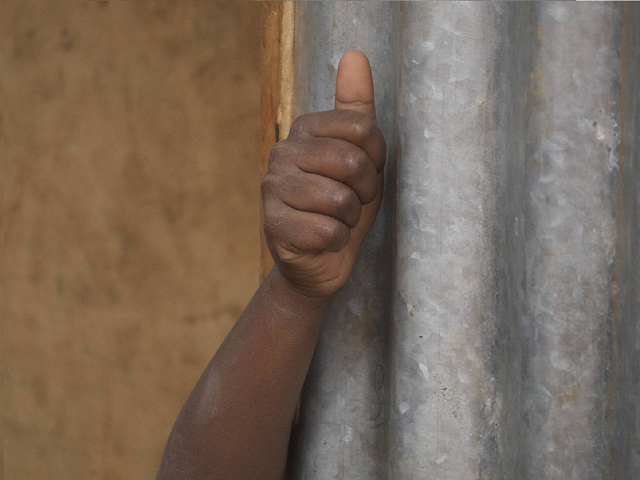Successfully sending volunteers abroad for 10 years
In areas of Kenya located along the country’s longest river – the Tana River – substantial rainfall has always been an issue, bringing landslides and the loss of homes as well as property. But the heavy rains that were witnessed in 2019 brought decreased destruction for a reason many would not expect because drought-hit people in areas situated further upstream have taken steps to improve the level of water that can be stored. They’re now capturing and retaining more of what would previously have continued to rush downstream.
Speaking about the new flood prevention, Hussein Idhoro, drought co-ordinator for upstream Tharaka Nithi County said: “Water harvesting actually helps reduce the impacts of flooding, saving the communities from unexpected risks.”
Since 2012, the Tana River catchment has benefitted from the partially government-funded Upper Tana Natural Resources Management Project through offering technical and financial support for the construction of rainwater harvesting dams. These structures are now able to hold as much as 100-million litres of water!
What’ more, James Maina, a sub-regional manager at the National Water Resources Management Authority says that the project has also established around 325 rooftop water harvesting systems that are built on farms and at schools within the catchment.
One example from early 2019, is the Mukurweini Technical Training Institute’s small reservoir that they built. It was capable of storing 3,000 cubic metres of water for sanitary purposes along with irrigation of farm plots on its campus.
While in past years, there had been ongoing conflicts with neighbours living downstream when the inevitable floodwaters washed into homes and property, now the school’s water storage capacity has condensed that issue and has also slashed erosion from flowing water on the land of the campus itself.
Neighbours of the school, have now come out to say that they can sleep in peace when they experience the heavy downpours, safe in the confidence that the area won’t suffer from floods.
As a result, the school has been successful in almost halving its water costs simply by utilising its own harvested water for a range of purposes. However, they still buy drinking water and top-up water from the local utility.
The installation of solar panels means they can power the harvested water via a piping system, “saving the institution much in terms of cost”, the school’s principal said.
Farmers Profit from Underground Water Stores
Additionally, farmers in the area have built small reservoirs that are used to catch any surplus rain which is then held to irrigate crops during the drought periods.
One local farmer even rigged a system to direct water from the roof of his home to a water pan he’d constructed. He said that the system has helped him to avert any flooding at his farm while also giving him sufficient water throughout the dry season.
Maina, of the Water Resources Management Authority, said the boost in their effective water capture and storage efforts has offered an important and noteworthy role in restricting flooding and is also aiding in the recharging of underground water stores.
“Most of the floodwater is not going into the rivers directly but is being retained in the recharge areas where it percolates into the rivers and streams slowly,” he said.
Springs that had previously dried up are now fruitfully lasting through the entire dry season, and other measures, such as additional terracing on steep farmland and moves to plant cover crops that offer protection to the soil, as well as providing increased protection to river edges are also assisting in the fight to reduce flooding problems and soil loss, Maina states.
Because of this positive action, areas situated along the Tana River suffered from less flooding in 2019 compared to previous years with heavy rain, Francis Koome, water resources coordinator for the Upper Tana Natural Resources Management Project said.
Koome, who is an engineer, went on to add that flooding threats along with extreme water scarcity are both seeing decreases in parts of the Upper Tana River catchment.
Do you think that these initiatives would be useful in wider areas of Kenya and the rest of Africa where flooding takes place? Let us know your thoughts on our social media channels. If you want to volunteer in Africa to make a difference, just as these water harvesting ideas have, then why not take a look at the programmes that we offer here at Agape?
Image credit: Adam H T Geelle.
In Other News
We've always got plenty going on, so why not check out some of our other latest news and thoughts? Or perhaps you're ready to gt stuck in yourself? If so, Apply Now to get in touch with one of our specialist trip advisors.

